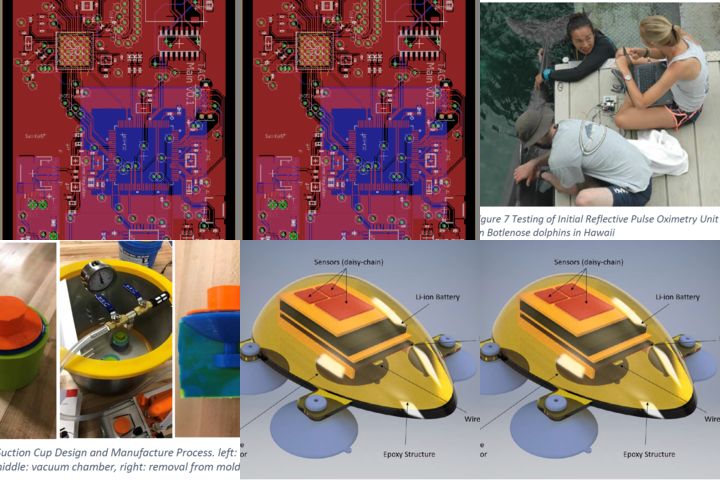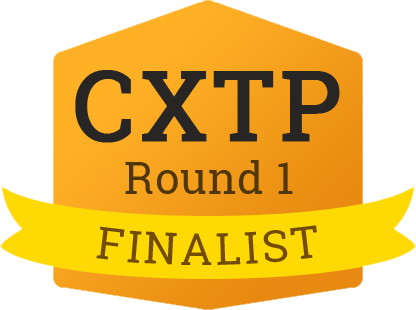FreeTag
The Problem
Currently, there are a few tags that dominate the market and these tags are often expensive because they contain a suite of sensors that are high-power and collect large quantities of data, requiring large amounts of memory. A high cost often means researchers rent tags instead of purchasing. This results in only well-funded researchers using tags, often corresponding to those studying charismatic megafauna. The market for tags that can log both environmental data and biological data is exists within a large community of researchers who study terrestrial and marine animals and within veterinary science to monitoring patient health. Creating a customizable tag platform eliminates exorbitant costs due to overengineering. Customers may choose the exact array of sensors necessary for their pursuits to cease unnecessary power consumption and memory usage from extraneous sensors and irrelevant data. Currently there is nothing available that can measure basic physiological parameters "in situ", despite an apparent market to researchers, clinicians, and veterinarians. For example, The Duke Cancer Institute's Comparative Oncology Lab and Duke Marine Lab are have proposed incorporating sensors into our minimum viable product (MVP) to assist with academic research. Upon speaking to veterinarians, there are further applications within both equine and household pet medicine (blood pressure, ECG and heart rate) that are not currently on the market.
Our Proposal
Think of this project as a high-end Arduino specifically designed for marine animal tags, with low power, inbuilt communication and a custom RTOS (realtime operating system). This project aims to utilize the explosion of consumer IoT to increase usability and reduce cost: Companies such as Sparkfun offer the same sensors used in current tags for a fraction of the cost to develop a custom printed circuit board. This enables modularity and customizability. Additionally, these companies offer peripheral products like Qi wireless charging which exponentially increase the usability of the tag. This project is a platform: The central brain and communications module are developed specifically to maintain high scientific standards using the Texas Instruments SimpleLink Suite, but also to physically accommodate custom sensors. This allows new, novel sensors to be developed in parallel. For example, a reflective pulse oximetry unit (think FitBit HR monitor) can be scientifically studied without the need to build a whole new tag - enabling extensive conservation potential. By designing the device to withstand depths of 3000 meters this tag will function at nature's extremes. The MVP will be able to log location of marine animals using pressure and GPS. Movement and energetics can be logged with the use of an IMU. The RF capability of the device will allow it to communicate long distances for retrieval and limited data transfer (such as GPS location) in open-ocean settings.
We Assume that...
We assume that price is a limiting factor for many marine researchers
We assume that researchers are willing to try a new product
We assume that we can create a product that produces data of equal quality to current solutions for less money
We assume that the creation of a development community will spur innovation in sensor design
We assume that we can create a product similar in quality to current designs, but with more functionality
Constraints to Overcome
Rapid prototyping of the custom PCB is necessary, and currently poses the biggest barrier to field testing. However, the software development needs to reach a stable V1.0 to settle on the hardware. Additionally, animals that are in controlled, or semi-controlled environment woudl enable quick usability/feasibility studies
Current Work
We would like to develop a platform that is accepted within the scientific community - across species and across countries. Therefore a good goal would be to have deployed the tag on 100 missions, across 3 different genus by researchers from 3 different countries. It would be expected that this project would produce at least one methods paper, detailing the design and functionality of the device. A series of instructional videos would be produced detailing how to actually make the basic tag system with the “brain” and off-the-shelf materials and sensors. An open-source repository for software, hardware and CAD design would allow continued development outside of this grant and by other parties.
Current Needs
Any users that are interested in testing a beta version with captive/resident animals would be useful! Anyone with access to a PCB printer so we can finalize design cheaply and quickly would be great!

